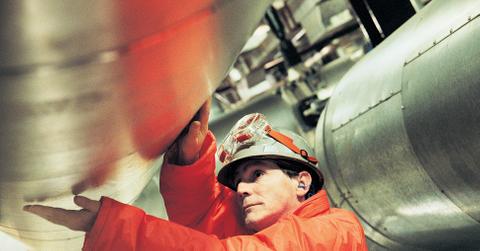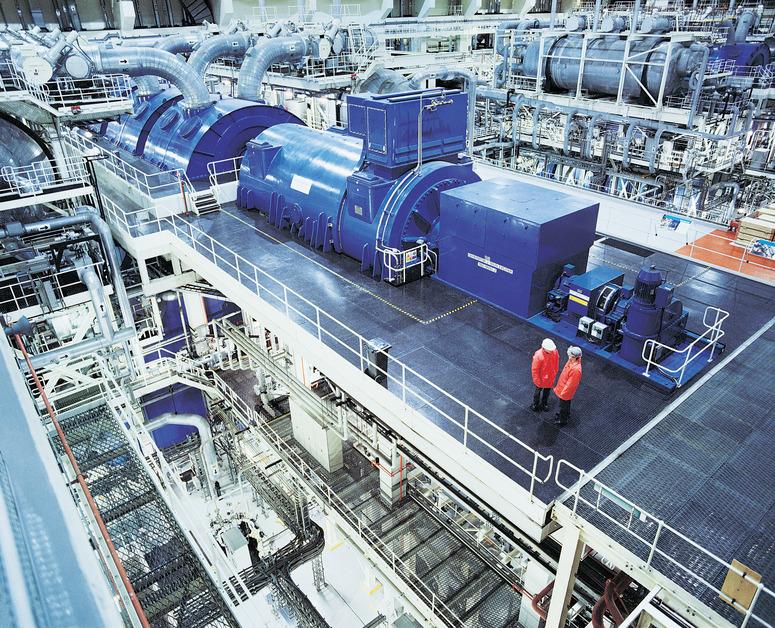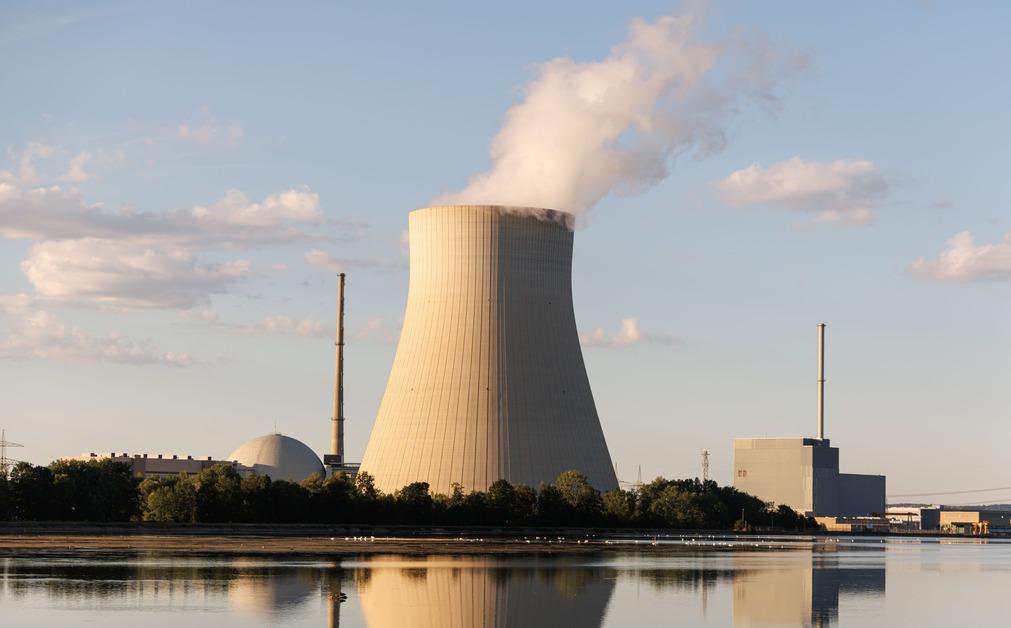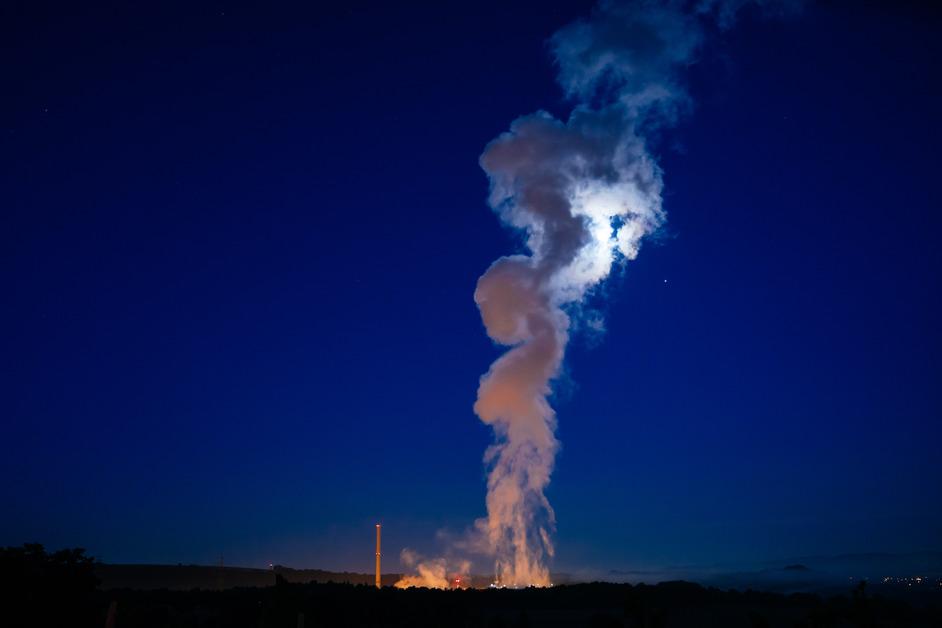An Explanation and History of the Atomic Energy Act
Published Feb. 9 2023, 12:28 p.m. ET

Decades ago critical decisions were made about how the U.S. would manage and manufacture atomic nuclear energy, which birthed the Atomic Energy Act.
However, if you are unfamiliar with the specifics, as most people are, here is the Atomic Energy Act, explained.
What is the Atomic Energy Act?
In its essence, the Atomic Energy Act (AEA), first created in 1946 and later amended in 1954, was made “to assure the proper management of source, special nuclear, and byproduct material.” The act therefore delegates the control of nuclear energy to the Department of Energy (DOE), the Nuclear Regulatory Commission (NRC), and the Environmental Protection Agency (EPA), per the U.S. Department of Energy.

Atomic energy, more often referred to as nuclear energy, is any energy released during a nuclear reaction. The most familiar process of nuclear fission is when an atom is split in a nuclear reactor and produces heat. For example, inside a nuclear power plant, the excess heat from the fission process is often redirected to heat and boil water, which then propels turbines to create electricity, per the United States Nuclear Regulatory Commission.
The history of the Atomic Energy Commission:
According to the U.S. EPA, when the original 1946 act was created, it established the Atomic Energy Commission (AEC). This was just after World War II ended, as there was a goal of managing atomic energy for military operations and civilian safety.
The Energy Reorganization Act of 1974 created the Nuclear Regulatory Commission (NRC) and led to the abolishment of the AEC in 1975. This came after Congress agreed the responsibilities of the AEC should actually fall into several different agencies, and not just one. Therefore, the goals of the NRC were similar but focused generally on the health and safety of the public.

The roles of the agencies today:
Nuclear energy is regulated today between the DOE, the EPA, and the NRC. The DOE has authority over source materials, special nuclear materials, and byproduct materials, except for nonradioactive hazardous components, which would be delegated to the EPA. This means that the DOE is allowed to implement safety standards for itself and the contractors they are working with, but the EPA can step in when it deals with environmental health and safety.

The NRC gives standards and instructions in relation to the governance of these materials, with the goal of minimizing danger and providing defense and security. Therefore in terms of defense facilities, the NRC is able to control the radiation standards, all per the U.S. Department of Energy.
The gist of the AEA is that nuclear energy has been used from electricity for national defense. The creation of nuclear energy can be dangerous, and therefore needs to be properly regulated and monitored in all aspects of production, depending on its use.
Is atomic energy, aka nuclear energy, renewable?
You'll hear different answers from different sources when it comes to this question — but overall, nuclear energy cannot be considered truly renewable or sustainable.
According to National Geographic, nuclear energy is "usually" categorized as non-renewable, even though nuclear energy itself is technically renewable. That's because the materials used in nuclear power plants is not renewable, rendering the overall process non-renewable.
Meanwhile, the U.S. Office of Nuclear Energy describes nuclear energy as "a zero-emission clean energy source," and claims that it has as small land footprint and produces minimal waste. However, the office does not explicitly refer to nuclear energy as renewable.
And the nuclear expertise company Orano asserts that , but just a low-carbon energy that is actually recyclable.